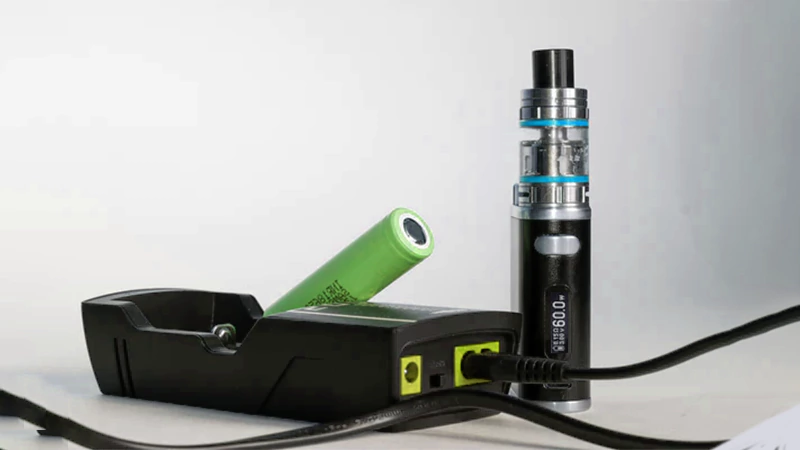588 Area Code Text Message: Everything You Need to Know
In the age of smartphones and instant communication, we often come across various area codes while making calls or receiving text messages. One such area code that has gained attention is the 588 area code.
With no specific geographic location assigned to it, the 588 area code has been associated with text messages that may contain spam, phishing attempts, or scams.
This article will provide you with a comprehensive understanding of the 588 area code, its significance, and how you can protect yourself from potential scams related to text messages from this area code.
Where Is Area Code 588 Located?
Before diving into the details of the 588 area code text message, let’s first understand where the 588 area code is located. The Area code 588 is currently not assigned to any specific geographic location within the United States or Canada.
Area code 588 is an area code of the North American Numbering Plan that is reserved for non-geographic services. It is not tied to any geographic region in the US. The area code 588 is assigned to businesses or services and is used for personal communications. Additionally, it has been mentioned in several sources that the number 588 is a Personal Communications Service used by Verizon, which utilizes non-geographic area code 588.
What to do If You Receive a 588 Area Code Text Message?
Text messages from the 588 area code may be associated with personal communication services. However, it is essential to exercise caution when receiving text messages from unfamiliar numbers, including those with a 588 area code. Scammers may use non-geographic area codes to mask their location and send spam or phishing messages.
If you receive a text message from a 588 area code that seems suspicious, follow these guidelines:
- Do not click on any links – Clicking on links in suspicious text messages can lead to malware installation or direct you to phishing websites.
- Do not reply to the message – Responding to the message may confirm to the sender that your number is active, potentially leading to more spam messages.
- Block the number – Blocking the number can help prevent future messages from the same sender.
- Report the message – Reporting the message to your mobile carrier or the Federal Trade Commission (FTC) can help combat spam and phishing attempts.
How to Handle Text Messages from Unknown Numbers?
Receiving text messages from unknown numbers can be both confusing and concerning. Here are some steps you can take to handle text messages from unknown numbers:
1. Stay cautious: It’s essential to approach text messages from unknown numbers with caution. Be cautious and avoid sharing personal information or clicking on any links until you are confident about the sender’s identity and intentions.
2. Don’t respond immediately: Avoid replying to the text message right away, especially if you are unsure about the sender.
3. Verify the sender’s identity: If the text message includes any information about the sender or their purpose, conduct a quick online search to check its legitimacy. Look for any red flags such as reports of scams or spam associated with the number.
4. Use reverse phone lookup: There are online services and apps available that allow you to perform a reverse phone lookup. By entering the unknown number, you may find information about the caller, such as their name, location, or whether it’s a known spam number.
5. Block the number: If you determine that the text message is spam, harassing, or unwanted, most smartphones have built-in features to block numbers. Blocking the number will prevent further messages from that specific sender.
6. Report spam: If you receive repeated spam messages from unknown numbers, consider reporting them to your mobile service provider. They may have measures in place to address spam and can take appropriate action.
7. Be cautious with personal information: Never share personal or financial information, such as your social security number, credit card details, or passwords, through text messages. Legitimate organizations typically do not request sensitive information via text.
8. Consider using a spam filtering app: There are third-party applications available for smartphones that can help identify and filter spam text messages. These apps use databases of known spam numbers and can provide an extra layer of protection.
9. Trust your instincts: If something feels off or suspicious about the text message, trust your instincts and be cautious. It’s better to be safe than sorry when dealing with unknown numbers.
Remember, it’s always a good practice to prioritize your online and personal safety. By following these steps, you can handle text messages from unknown numbers in a responsible manner and protect yourself from potential scams or unwanted communication.
Conclusion
In our ever-evolving digital landscape, it’s more important than ever to remain vigilant and take the necessary steps to protect ourselves from scams, spam, and phishing attempts. By staying informed about the latest tricks used by fraudsters, we can effectively minimize the risk of falling prey to scams and keep our personal information and financial well-being intact. Always stay proactive in ensuring your online safety. After all, it’s better to be safe than sorry!
Frequently Asked Questions (FAQs)
Ans: Area code 588 is an unassigned area code in North America. It does not currently correspond to any specific geographic location.
Ans: While area code 588 is unassigned, it is technically possible for phone carriers to issue numbers with this area code. However, since it is not tied to any specific location, calling or texting a number with area code 588 does not provide any indication of the recipient’s geographic location.
Ans: While area code 588 itself is not inherently associated with scams, scammers may use non-geographic area codes like 588 to mask their location and send spam or phishing messages. It’s important to be cautious when receiving messages from unfamiliar numbers, regardless of the area code.
Ans: If you are receiving calls or text messages from a number with code 588, it could be because the number was recently issued by a phone carrier. It is also possible that the caller or sender is using a spoofed or manipulated caller ID to make it appear that the message is coming from area code 588.






